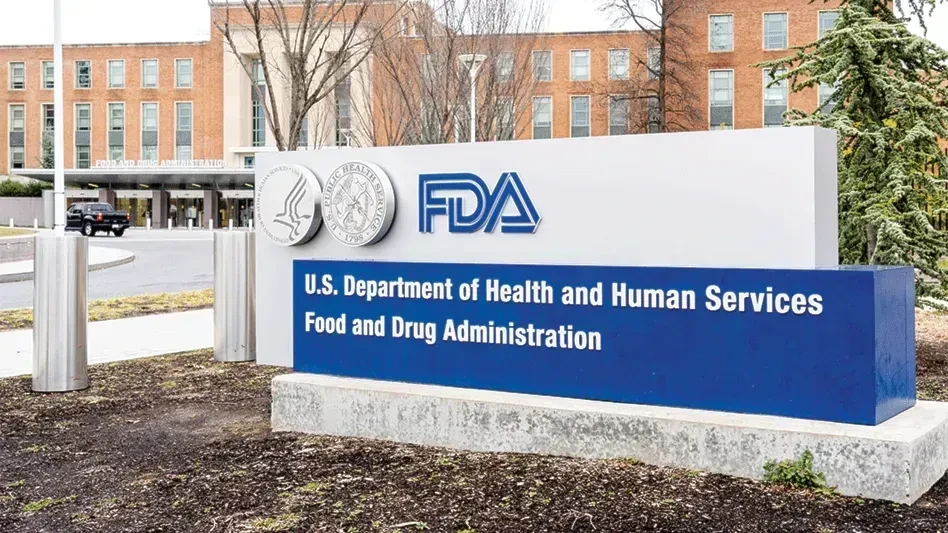“Don’t assume anything.”
This advice from Thomas Grace, CEO of BiaDiagnostics, sums up allergen risk management to the final T. Whether assessing product allergen risks related to cross-contamination, supplied ingredients or testing, making assumptions can lead to increased hazards and undetected risk.
Such assumptions can be as wide ranging as presuming that a supplier or co-packer has an allergen prevention program to expecting an allergen test or process to be valid for every product.
In the Plant. Mark Clute, quality control manager for Turtle Mountain natural foods and author of Food Industry Quality Control Systems (available at www.qualityassurancemag.com/store), developed the allergen risk management program for his plant and the company’s co-packers.
Turtle Mountain specializes in the all-natural, dairy-free products. Because many of its co-packers also produce dairy products, “we require that they have created an adequate sanitation plan, including validation and verification,” Clute said. This includes clean-in-place (CIP) and clean-out-of-place (COP) programs, with validated allergen testing down to five ppm, he said.
Validation for Turtle Mountain includes pulling of rinse water samples in each of the CIP systems, swabbing of tools and lines where pathogens travel and running of allergen tests to ensure against cross contamination—all of which is completely and consistently documented.
“In all honesty,” Clute said, “cross contamination doesn’t occur very often in most facilities in the warehouse or with employees. The chances are much greater to have cross contamination because you’re not validating that your process is completely clean.”
It is fairly standard for plants to run microbiological, physical and chemical risk analyses, “but because allergens are so important and people are so litigious, we do a fourth risk analysis on allergens.” That fourth analysis is on flavors and the make-up of each, specifically testing to ensure against any undeclared components in these ingredients.
Such analyses means a close partnership with suppliers for full disclosure and documentation of each ingredient. “We understand the process by which each of our ingredients is produced,” Clute said, “so that we exclude the risk. In everything we do, we work to exclude the risk.”
Testing for Risk. Because every plant, product and process differs, there is no one model of risk management or exclusion that will work for everyone, Grace said. “Everyone has to figure out their own HACCP and what their liabilities are.” This begins with full knowledge of the ingredients of every product and the inherent hazards of each, particularly in relation to other products produced in that plant.
Once the products are assessed, the process needs to be considered. It is standard practice to process products from least to most hazardous, but, Grace asked, “After you’ve done that, how do you know the equipment is clean?”
Grace recommends that equipment be swabbed before and after cleaning with the results used to define the HACCP program, then validate compliance.
Although a plant may feel that its swabbing provides due diligence, it isn’t always enough, Grace said. It is essential to ensure that the method being used is compatible with the product being run and specific to the allergen for which the product is being tested. Grace gave the example of a nutrition bar labeled as gluten free. A swabbing conducted by the processor showed the product to be allergen free; but a test by BiaDiagnostics detected a high gluten presence.
“The company was chagrined because they had done their testing and had a good quality control program,” he said. In further testing, it was found that the rice contained a high concentration of gluten, which was eventually found to have been caused by the supplier’s use of a vat which had previously been used for barley malt. “The problem is that not all methods are the same,” he explained. “They weren’t using the correct method because they weren’t aware that the cross-reactivity for this test is very low for barley. Whatever method you use, be sure it will do the job you need it to do.”
May Not Contain. Knowing the exact make up of an ingredient and the supplier’s process for each is critical to Turtle Mountain’s policy against use of May Contain statements. “We don’t use May Contain. If it’s not in there, it’s not in there.” In fact, the company’s Website includes a full page on its allergen prevention program, detailing its process and testing of ingredients, production and finished product; including a table of products identifying the presence of any specific allergens in each; and noting its new product labeling system by which it takes greater accountability for ensuring against undeclared allergens.
Having and publicizing such a comprehensive allergen prevention program has enabled Turtle Mountain to gain the trust of food-allergic consumers, giving them the comfort to know they can buy Turtle Mountain products without worry of undisclosed—or unknown—allergens.
It is a practice that is appreciated by consumers. As explained by Christopher Weiss, vice president of advocacy and government relations for the Food Allergy and Anaphylaxis Network (FAAN), “We basically want the companies to be honest. If they truly believe, based on their process, that there is a risk of cross contamination, then, yes, they should state that on there. The problem we find is that some companies use May Contain as a blanket protection.”
Using a May Contain warning label does not absolve a company from cross contamination, Grace noted. Instead manufacturers should ensure they are testing at every lot at every phase of production—beginning, middle and end.
“I think every plant can get away from May Contain,” Clute said. One doesn’t have to have a food science background to implement a comprehensive program, rather it’s a matter of conducting risk analysis, implementing and validating the improvements, then verifying that they are occurring.
“It’s understanding and maintaining the system,” Clute said. “That’s all it is.”
The author is Managing Editor of QA magazine. She can be reached at llupo@giemedia.com.

Explore the August 2010 Issue
Check out more from this issue and find your next story to read.
Latest from Quality Assurance & Food Safety
- Tecnologico de Monterrey Develops Nutraceutical Corn to Address Global Food Crisis
- Eurofins Healthcare Assurance Launches GMP Certification Program for Dietary and Food Supplements
- Calbee America Launches California R&D Innovation Center
- PepsiCo Completes Acquisition of Siete Foods
- Non-GMO Project Launches Non-Ultraprocessed Foods Verification
- FDA to Hold Webinar on Updated ‘Healthy’ Claim
- High-Tech Partnership Creates Natural Blue Color for Greener Tomorrow
- Kraft Heinz Hosts Innovation Challenge for Sustainable Packaging





